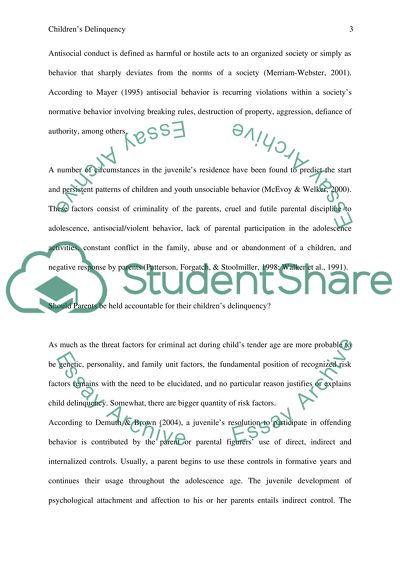Cite this document
(“Parents Accountability for Their Childrens Delinquency Research Paper”, n.d.)
Parents Accountability for Their Childrens Delinquency Research Paper. Retrieved from https://studentshare.org/law/1432522-parents-accountability-for-their-childrens-delinquency
Parents Accountability for Their Childrens Delinquency Research Paper. Retrieved from https://studentshare.org/law/1432522-parents-accountability-for-their-childrens-delinquency
(Parents Accountability for Their Childrens Delinquency Research Paper)
Parents Accountability for Their Childrens Delinquency Research Paper. https://studentshare.org/law/1432522-parents-accountability-for-their-childrens-delinquency.
Parents Accountability for Their Childrens Delinquency Research Paper. https://studentshare.org/law/1432522-parents-accountability-for-their-childrens-delinquency.
“Parents Accountability for Their Childrens Delinquency Research Paper”, n.d. https://studentshare.org/law/1432522-parents-accountability-for-their-childrens-delinquency.


